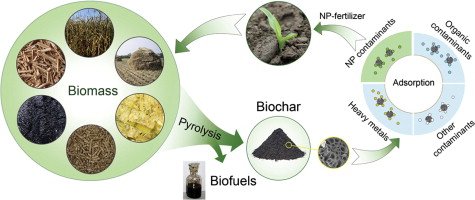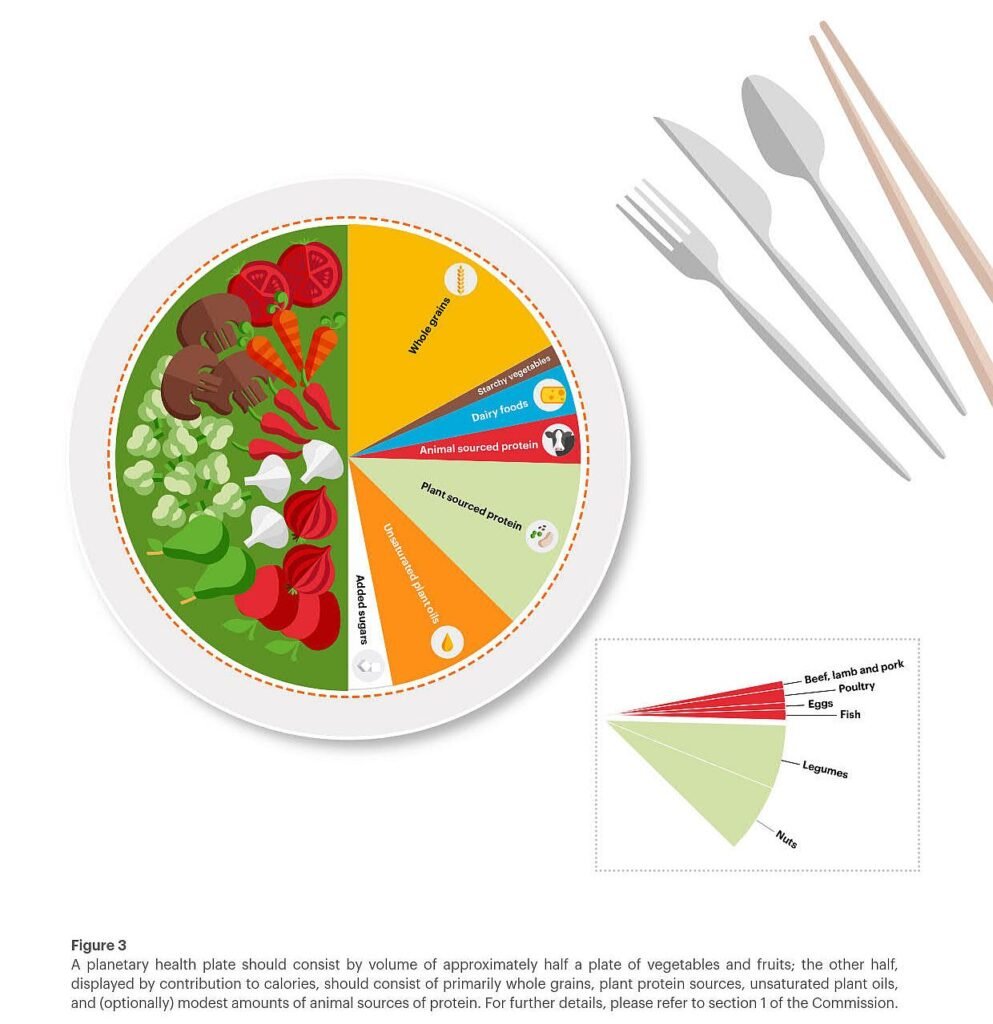A recent study shows that using advanced agricultural technology and management can not just decrease greenhouse gas emissions but actually get rid of them completely by removing more greenhouse gas than food production adds.

Using more agricultural technology could lead to over 13 billion tons of greenhouse gas emissions being reduced every year, helping to prevent severe climate changes.
The food system network worldwide is responsible for producing around 21% to 37% of the planet’s greenhouse gas emissions every year. If we don’t do anything about it, these emissions could increase to 50% to 80% by 2050, as the global population is set to reach 10 billion.

The new study found that the best way to decrease emissions is by improving soil for crops (using biochar, compost, and rock amendments), practicing agroforestry, adopting sustainable methods for harvesting seafood, and promoting the production of fertilizer powered by hydrogen.
A single agricultural solution like agroforestry involves planting trees on unused farmland, which can capture and store about 10.3 billion metric tons of carbon every year. Similarly, seaweed farming at the ocean surface can help remove and bury approximately 10.7 billion metric tons of carbon dioxide.

If everyone in the world followed a flexitarian diet by 2050, which is promoted by EAT-Lancet — provided one can afford it 😉 , scientists predict that there would be a significant reduction in greenhouse gas emissions, but it would not be enough to achieve the desired net negative emissions goal.
In order to achieve a net reduction in greenhouse gas emissions, which is necessary to prevent severe climate consequences, we must heavily depend on advancements in agricultural technology and management practices.
Reference- Lancet, BBC, National Geographic, Clean Technica, PLOS Climate






